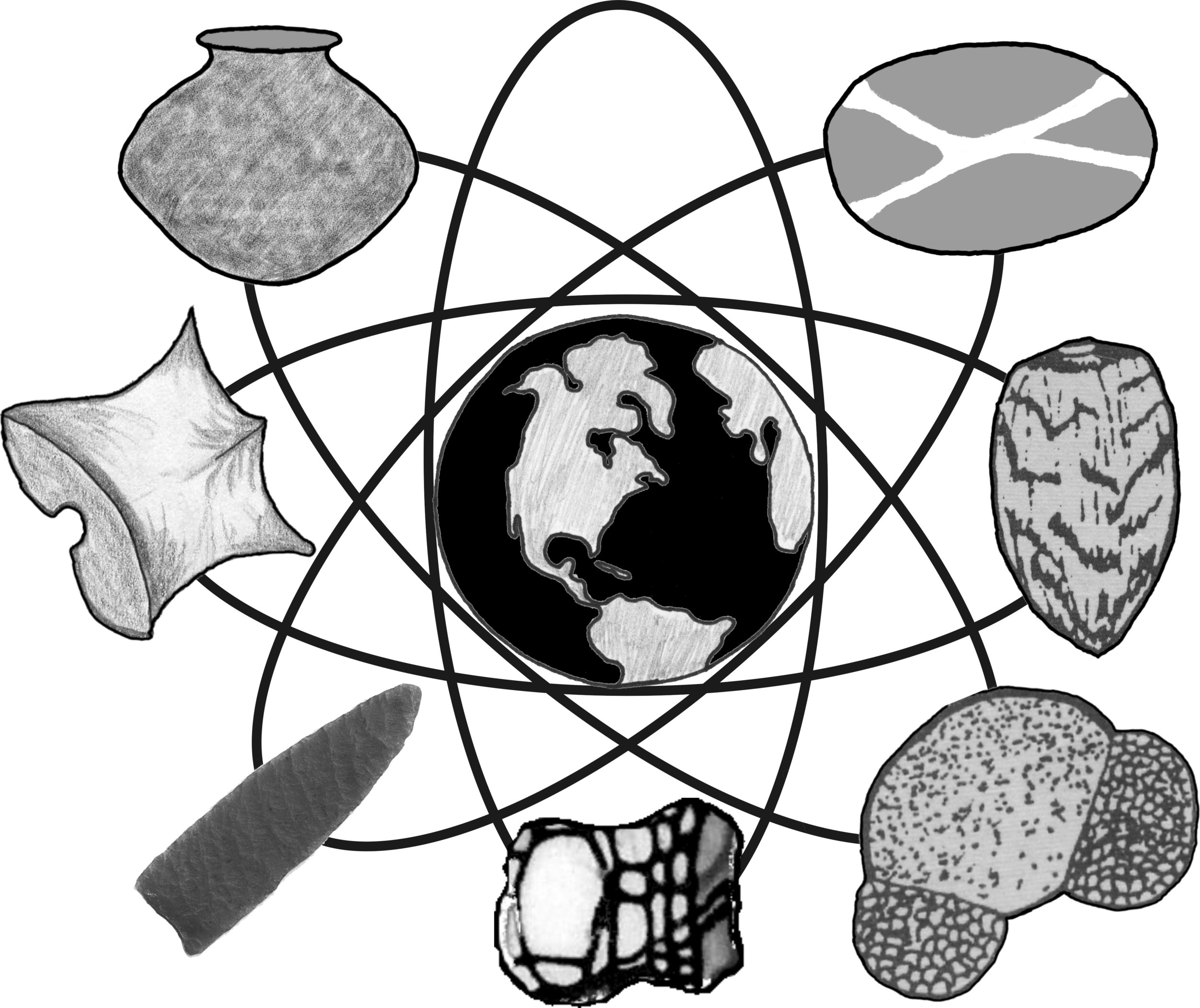Parasite
Common parasites in North America include both Ascaris and Trichuris (roundworm) (whipworm) eggs, which are produced in abundance and are easy to identify when present in paleofeces. Enterobius (pinworm) eggs are not as abundant in paleofeces, and are known to occur in less than 5% of infected populations, making recovery of evidence far less probable. While often interpreted as a “minor inconvenience”, medical texts indicate that infestations of parasites may produce severe symptoms.
Ascaris lumbricoides (intestinal roundworm) is a large parasite and commonly coexists in the intestine with Trichuris trichiura (whipworm). It is common in the mountainous areas of the southeastern United States, as well as on the fringes of many of the southern cities even in modern populations.
Intestinal roundworm larvae appear within the eggs usually within three weeks if conditions are ideal. Hatching takes place only after ingestion of the eggs. Eggs hatch in the small intestine where they burrow into the intestine wall and enter the circulatory system. The small worms migrate to the heart and lungs, usually within seven days after infection. While in the lungs, the roundworms grow considerably in size, and are then not able to pass back across the capillary walls. Instead, they migrate along the bronchial tree and trachea to the pharynx, where they are swallowed. Gravid females are noted in the intestine between five and eight weeks after initial infection. Both male and female roundworms have relatively short life cycles, surviving only a year, at most, before being passed from the intestinal tract. The eggs, which have heavy shell layers, are resistant to environmental changes within the soil. Both heat and desiccation, however, will kill roundworm ova. Careless defecation habits spread viable eggs to local soils, which may remain infective for five years. Children playing in areas of contaminated soil usually become infected through contact of invariably dirty hands with the mouth. If night soil is used as fertilizer, infections may be contracted through eating raw vegetables. Transmission through water may be caused by improper drainage of surface waters, thus polluting wells and local water sources, such as rivers. Use of privies or indoor toilets, as opposed to promiscuous defecation close to the home, are important in preventing infections (Beck, 1976:87-90).
Symptoms accompanying Ascaris (intestinal roundworm) infection include fever and cough, occasional bloody sputum, and pneumonitis, particularly with a heavy infection and during the stages when the larvae migrate from the intestinal tract into the lungs or through the lungs. The condition may be referred to as Ascaris pneumonia. No eggs are present in the stool at this point, since the worms are immature and have not yet reached the intestinal tract. Most symptoms are associated with the presence of the adult worms in the intestinal tract. Protein malnutrition may result from a heavy worm burden, particularly in growing children, if the diet is poor. Occasionally worms may group and ball up, causing intestinal obstruction, again usually in children. Because roundworms have an affinity for small orifices, they may migrate into the common bile duct or pancreatic duct, or block the airway if they migrate into the larynx or trachea. Death may be caused by Ascaris infestation through severe pulmonary invasion or an unrecognized migration of worms that result in asphyxia or obstruction of an essential organ (Beck, 1976:87-90).
Trichuris trichiura (whipworm) resembles a buggy whip and may average 40 millimeters (nearly 16 inches) in length for the female. They have a thinner wall than do Ascaris eggs and, unlike roundworm, which lives free and unattached in the small intestine, whipworm lives primarily in the cecum, where it attaches itself to the intestinal wall.
Infections are common in areas of high humidity and hard clay soils, which hold moisture. Dense shade and warm climate are both necessities. Infection is usually heaviest among children, since hand to mouth contact in areas of soil pollution is a common vector in spreading these parasites. Whipworm eggs are less resistant to environmental changes, so infection may be more spotty than Ascaris (roundworm), with which it often co-occurs (Beck, 1976:84-86).
Light infestations with whipworm may produce no symptoms. Abdominal pain sometimes mimicking appendicitis, vomiting, constipation, fever, distension and flatulence, headache, backache, anorexia, and weight loss have all been associated with infestation by this parasite. If the infection is heavy bloody diarrhea and emaciation may result. Prolapse of the rectum may also occur with heavy worm burdens. Fatalities are rare even in malnourished and neglected children. Whipworm is more difficult to treat than roundworm, since the worms are embedded in the intestine (Beck, 1976:84-86).

